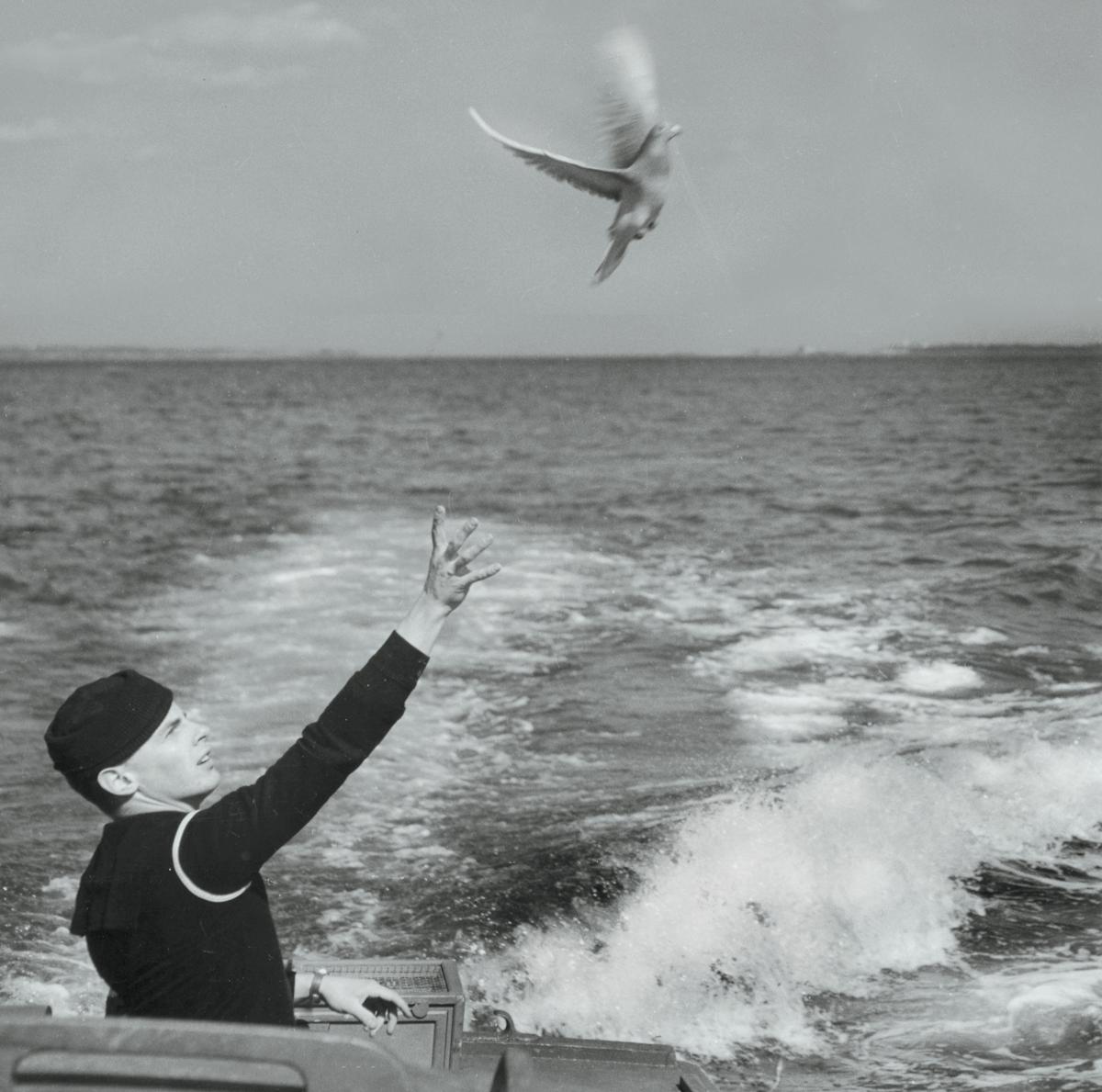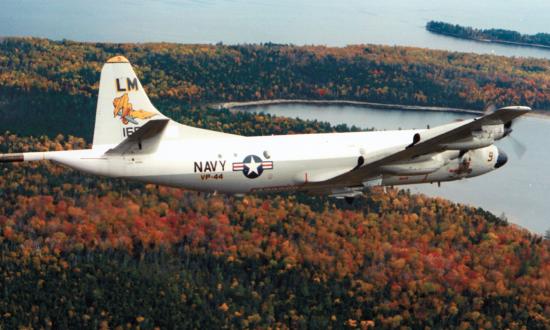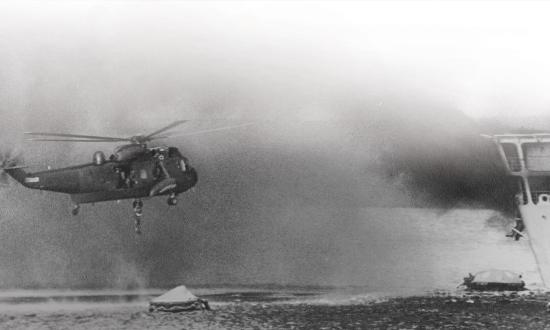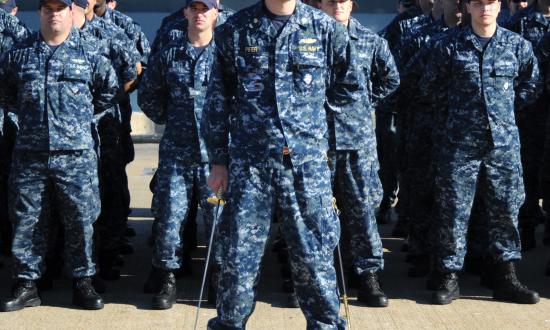Lieutenant Kyle Cregge, U.S. Navy
The data processman (DP). It was combined with the radioman rating to make the information systems technicians, but as cyber increasingly dominates future warfare, we would be better served with sailors focused on excellence in either cyber or physical radio communications.
Robert Swaney, U.S. Navy Veteran
Boatswain’s mate. These sailors do it all: traditional seamanship, ship maintenance, working parties, security, damage control, and gunnery. As a machinist mate, I usually only saw the “chipping and painting” aspect. They really work hard to keep our ships and boats underway.
Naomi Chiba, Pigeoneer
The naval pigeon trainer rating. The Homing Pigeon Service was a backup in the early 1900s in case wireless telegraphy between ships failed. Pigeons may prove useful today if the Navy’s satellite communications go down. I myself am a pigeoneer!
Senior Chief Petty Officer David Larkin, U.S. Coast Guard Reserve (Retired)
Coast Guard port security specialist (PS). This reserve-only rating was split between operations specialist and the new maritime enforcement (ME) rating in 2010. Merged in 1993, PSs were the “gunslingers,” and fire and safety specialists were the “duck scrubbers”—or operations versus marine safety. PSs could do it all.
Commander Jeremiah Ragadio, U.S. Navy
The signalman (SM) rating is sorely missed. While this rating was merged with the quartermaster rating, there is a clear lack of proficiency in flag hoist signals and semaphore. With denied and degraded command-and-control or emission-control environments, flag hoist and semaphore may be the only jam-resistant and resilient communication pathways.
Captain Ray Brown, U.S. Coast Guard (Retired)
Judged four times a day and working in an always steamy environment, accomplishing the impossible in a seaway, the subsistence specialists (cooks) have the most underestimated and morale-critical mission afloat.
Chief Petty Officer Allen Worth, U.S. Navy (Retired)
The interior communications electrician (IC) rating. The IC rating took care of sound-powered phones, plotters, dead-reckoning systems, gyrocompasses, announcing and alarm systems, steering control and indication, and ship-wide television and security systems (to name just a few). No Navy system is straight electronic, mechanical, or pneumatic. It takes a special technician to work on these systems.
Lieutenant (junior grade) Alan Orr, U.S. Navy
The machinery repairman (MR) is a heavily undermanned and underutilized rate. When the fleet is pushing for self-sufficiency, manning MR billets could greatly improve the ability for ships to conduct critical repairs themselves as opposed to outsourcing to contractors.
Rear Admiral Terry McKnight, U.S. Navy (Retired)
Please bring back the signalman (SM) rating. My first assignment on board the USS El Paso (LKA-117) was as the communications officer. I learned more from SM1 McVay about the Navy than I did from any instructor at Surface Warfare Officer School. “Romeo at the Dip.”
Commander JD Kristenson, U.S. Navy
The signalman rating. Established in 1921, absorbed into the quartermaster rating in 1948, re-established in 1956, and reabsorbed in 2003. We should consider reviving and rescoping the rating into experts in communication in GPS- and communcations-denied environments.
Mark Olinger
No matter how deadly a unit’s firepower, it has no effect on the enemy unless that unit can get to the battlefield. Army transporters like to say, “Nothing happens until something moves.” In reality, “Nothing moves until it has fuel in it.” The most underappreciated military occupational specialty is petroleum supply specialist.
Steve Whitaker
It would have to be “Jack o’ Dust.” The predecessor to all the storekeepers and their underappreciated but invaluable tasks to the Naval Service.
Dave Kisor, U.S. Navy Veteran
Coming from aviation, I would say the least appreciated rate was the AE—aviation electrician’s mate, what I was.
Major Hugh Blanchard, U.S. Army (Retired)
As a former Army electronic warfare (EW) officer, my former specialty (35G) should be returned to its original home at the U.S. Army Intelligence Center and School. Following the end of the Cold War, the Army and other services incorrectly concluded that the Red Army’s radio-electronic combat capabilities were no longer a threat, and we could move our intelligence capabilities into an emphasis on imagery intelligence. But the Russian Army has continued its predecessor’s very successful programs of signals intelligence and electronic warfare. Since most of the data that underpins EW derives from intelligence activities, I strongly suggest Army EW be returned to its original home in Army Intelligence and moved away from its current split residence in Fires and Cyber, which have very different doctrinal goals and missions.







